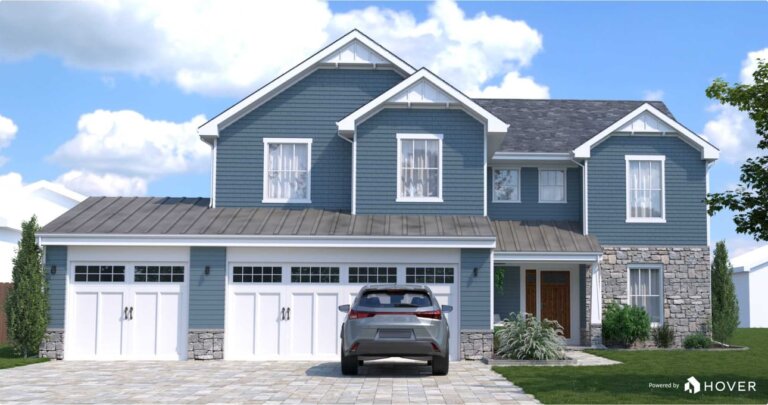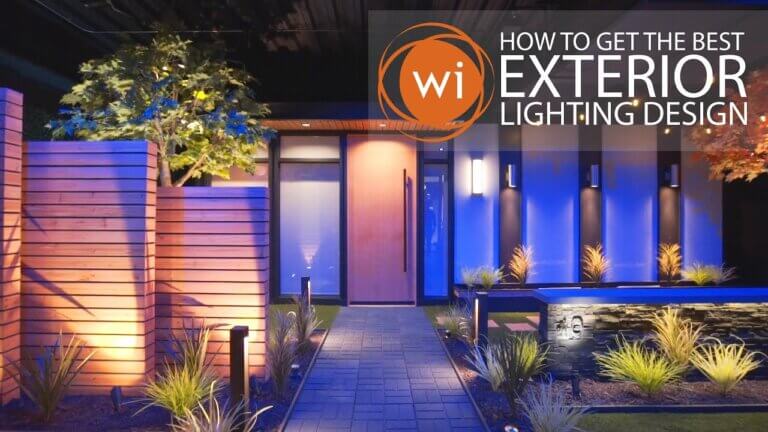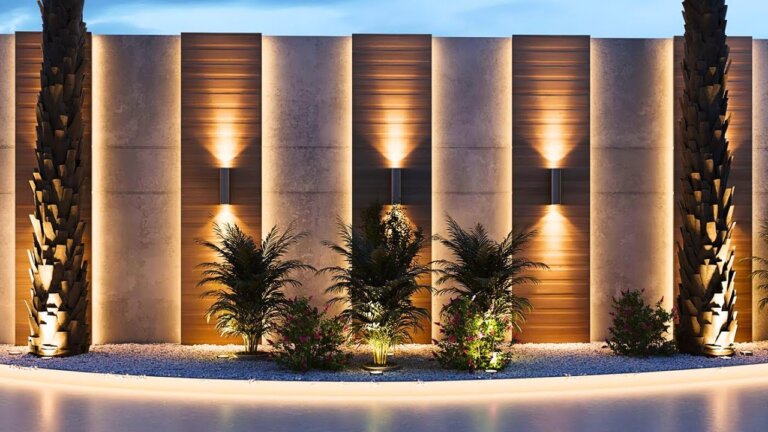Interior designers can charge various fees for creating a mood board. Typically, prices range from $150 to $500.
But why do these costs differ? Interior design is an art and a science. A mood board brings together colors, textures, and ideas to shape your space. It’s a crucial first step in the design process. Understanding the cost helps you plan your budget better.
It also ensures you get value for your money. So, how do these fees break down? And what factors influence the price? Let’s dive in to explore how much interior designers charge for a mood board and what you should expect. This will help you make an informed decision for your design project.
Introduction To Mood Boards
Mood boards help designers show their ideas. They use pictures, colors, and textures. This helps clients see the design vision. A mood board is like a plan. It shows how a room might look. It is a guide for the project.
Mood boards are very important. They help save time. They also save money. They make sure everyone understands the plan. Designers can show their style. Clients can feel more confident. Mood boards make the design process smoother.
Factors Influencing Pricing
Several factors can affect the pricing structure of design services. Understanding these elements helps clients make informed decisions and ensures transparency in the project budgeting process.
Designer Experience and Expertise
Experienced designers often command higher fees due to their advanced skills, extensive industry knowledge, and established design portfolio. Their expertise typically results in higher work quality, creative solutions, and efficient project management. On the other hand, new designers may offer more affordable rates as they are building their portfolios and gaining real-world experience. When choosing a designer, consider your budget, the level of expertise required, and the value you expect from the collaboration.
Project Size and Scope
The size and scope of the project are major factors in determining the overall cost. Small projects or single-room designs typically require less time and resources, making them more affordable. In contrast, large projects-such as multi-room renovations or full-home makeovers-demand more effort, time, and coordination, leading to higher fees. The complexity of the design also plays a role; simple, minimalist designs are generally less expensive, while detailed, custom, or luxury designs require more resources and specialized skills.
Design Complexity and Deliverables
The level of detail and the number of deliverables (such as mood boards, 3D renderings, or material samples) directly influence pricing. More intricate designs, requiring extensive material selection or concept development, will increase the overall cost. It’s important to discuss the project scope with your designer to clarify what is included in the quoted price-such as revisions, site visits, and final presentations.
Clear Communication and Agreement
Always have a transparent conversation with your designer about your budget, expectations, and the full scope of work. Make sure you understand the pricing model (hourly rates, flat fees, or per-room pricing) and what services are covered. This ensures there are no surprises and that both parties are aligned on the project’s goals and deliverables.
Mood Board Pricing Calculator
Types Of Mood Boards
Mood boards are essential tools in the creative process and design workflow, helping to visualize design concepts and establish a cohesive brand identity. There are two primary types of mood boards: physical mood boards and digital mood boards, each suited to different project needs and client preferences.
Physical Mood Boards
Physical mood boards use real, tangible materials such as fabric swatches, paint samples, photographs, and other texture samples to create a rich visual inspiration experience. They offer a tactile experience where clients can touch and feel the materials, which is especially valuable in fields like interior design ideas and fashion design. These boards are often handcrafted, allowing designers to experiment with layering and composition in a hands-on way.
However, physical mood boards can be more expensive and time-consuming to produce due to material costs and assembly effort. They work well for client presentations that require an immersive, sensory connection to the project’s creative direction.
Digital Mood Boards
Digital mood boards are created using software tools like Photoshop, Canva, or other design apps. These boards allow designers to quickly assemble images, color palettes, typography samples, and other visual elements to communicate the project’s vision effectively. Digital mood boards are highly cost-effective and flexible, making them ideal for fast-paced projects or when working with remote clients.
One major advantage of digital mood boards is their ease of sharing and collaboration. Designers can send boards via email or cloud platforms, enabling clients and team members to provide feedback in real time. This saves on shipping costs and eliminates the need for physical storage. Additionally, digital boards allow for quick adjustments and iterations, which is crucial during project planning and concept development phases.
Choosing the Right Mood Board
Selecting between physical and digital mood boards depends on the project scope, budget, and client needs. For projects involving material and texture selection, physical boards provide a more immersive experience. For projects requiring frequent updates, remote collaboration, or budget-conscious solutions, digital mood boards are often the preferred choice.
Average Costs
The average cost for a mood board from an interior designer typically ranges from $200 to $500 per room, depending on factors such as the designer’s experience, project complexity, and location. Newer designers or freelancers may charge less, with some rates as low as $65 to $100 per board, especially on platforms like Upwork. In contrast, experienced designers or those in major cities may charge up to $400 or more per board, with additional fees for larger or more complex projects.
For example, The Industrial Cottage offers digital mood boards starting at $200 per standard-sized room, with a $100 consultation fee that can be applied to the package. In the UK, prices can be around £400 (plus VAT) per room, which includes sourcing materials and a room survey. Some designers may also charge by the hour, with rates between $50 and $200, but mood boards are most often priced as a flat fee per room or project.
Location significantly impacts pricing. Designers in large urban areas like New York City generally charge higher rates, while those in smaller towns may offer lower prices. It’s always advisable to check local rates and compare several designers to find the best fit for your budget and project needs.
Mood boards are valuable tools that visually communicate the overall design concept, including colors, textures, and furniture ideas, and can help streamline the planning process and avoid costly mistakes.
Additional Services
When working with an interior designer, it’s important to understand the additional services and potential extra costs that may be involved beyond the initial mood board or design plan. These services can impact your overall project budget and should be discussed upfront to avoid surprises.
Consultation Fees
Interior designers often charge for consultations to discuss your needs, style preferences, and project goals. Consultation fees can vary widely based on the designer’s experience and location. Some designers may offer a free initial consultation as part of their client onboarding process, while others charge by the hour. Typical hourly rates range from $50 to $200 per hour.
Before booking, always inquire about the consultation fee and what it includes. This helps you budget accordingly and understand the value you’ll receive during the session.
Revision Charges
Many designers allow for a certain number of revisions to the design plan or mood board. Some may offer one free revision, but additional changes often come with a fee. The cost for extra revisions typically ranges from $20 to $100 per revision, depending on the complexity and time required.
It’s wise to clarify the revision policy before starting your project. Ask how many revisions are included in the quoted price and what the process is for requesting changes. This transparency helps you avoid unexpected fees and ensures smooth communication throughout the design process.
Other Potential Extra Costs
Additional services that may incur extra charges include:
- Site visits for measurements or progress checks
- Material sourcing and procurement
- 3D renderings or advanced visualizations
- Project management and coordination with contractors
Always request a detailed breakdown of all potential costs before signing a contract. This allows you to make informed decisions and keep your project within budget.

Credit: artificialpaintings.com
Cost-saving Tips for Mood Boards
Create Your Own Mood Board
- Making your own mood board is a practical way to avoid designer fees and save money. You can use magazines, online images, and fabric samples to gather inspiration and materials.
- Free digital tools like Pinterest, Canva, and Milanote make it easy to design professional-looking mood boards without any cost. These platforms offer user-friendly templates and features for organizing your ideas.
- Sharing your digital mood board online allows you to get feedback from friends or family, helping you refine your design before making purchases.
- By visualizing your choices in advance, you can avoid costly mistakes and duplicate purchases, ensuring that every item fits your desired look.
Smart Shopping and Resource Use
- Once your mood board is complete, you can "shop your house" to see if you already own items that fit your new design, reducing the need for new purchases.
- Having a clear vision through your mood board helps you identify bargains and only buy what you truly need, further minimizing unnecessary expenses.
Combine Services and Bundle Packages
- Many designers offer package deals where mood boards are included as part of a larger project. Bundling services like design, consultation, and project management can lead to overall cost savings and a more streamlined process.
- Combining interior design with construction or renovation services can also minimize costs by improving communication, reducing errors, and ensuring efficient use of materials and time.
Ask About Bundles and Freebies
- Always inquire whether designers provide free initial consultations, complimentary revisions, or discounted rates for bundled services. This can help you get more value for your budget.
Summary Table: Cost-Saving Strategies
| Strategy | How It Saves Money |
|---|---|
| DIY Mood Board | No designer fees; use free/low-cost materials/tools |
| Use Free Digital Tools | Access templates and share boards at no cost |
| Shop Your House | Reuse existing items; avoid duplicate purchases |
| Bundle Services | Lower overall fees; streamlined process |
| Ask About Free Consultations | Avoids upfront costs; clarifies scope and pricing |
By following these tips, you can effectively manage your design budget and still achieve a cohesive, well-planned space.
Client Expectations
When working with an interior designer, understanding what to expect and communicating your needs clearly is essential for a successful project and a positive experience.
Quality vs. Cost
The quality of a mood board can significantly influence its price. High-quality mood boards often feature detailed layouts, professional graphics, and carefully curated materials. These may include color palettes, texture samples, and furniture selections, providing a comprehensive vision for your space. Such boards typically cost more due to the designer’s time, expertise, and the use of premium resources.
On the other hand, lower-cost mood boards may be more basic, with fewer details or less customization. While they are budget-friendly, they might not capture the full scope of your design ideas. Clients should decide whether they prioritize detailed design concepts or prefer to save money with a simpler approach.
Importance of Clear Communication
Clear communication between client and designer is crucial for achieving the desired outcome and avoiding misunderstandings. Start by sharing your design goals, style preferences, and budget constraints early in the process. Ask designers about their fees, pricing structure, and what is included in the service. Request a written agreement or contract that outlines all details, including deliverables, timelines, and revision policies.
Promptly provide feedback and ask questions if anything is unclear. Good communication ensures both parties are on the same page and helps prevent unexpected costs or project delays. Ultimately, open dialogue leads to more satisfying results and a smoother design process.

Credit: dk.pinterest.com

Credit: www.qcdesignschool.com
Frequently Asked Questions
What Is A Mood Board In Interior Design?
A mood board is a visual tool. It helps interior designers capture a client's style preferences. It includes colors, textures, and images.
Why Do Interior Designers Create Mood Boards?
Interior designers create mood boards to visualize concepts. It helps in conveying ideas and themes. It ensures the client's vision aligns with the design plan.
How Much Do Mood Boards Cost?
The cost of a mood board varies. It can range from $100 to $500. The price depends on the designer's experience and project complexity.
Are Mood Boards Included In Design Fees?
Some designers include mood boards in their fees. Others charge separately. It's essential to clarify this with your designer beforehand.
Conclusion
Choosing an interior designer for a mood board can be a wise investment. Fees vary widely, from $100 to $1,000, depending on experience. Always discuss costs upfront to avoid surprises. Comparing different designers and their portfolios can help you find the right fit.
A detailed mood board helps bring your vision to life. It saves time and helps in decision-making. Ultimately, it enhances your space with professional guidance. Happy designing!

My name is Mahi Uddin, and I’m a blog writer with over two years of experience specializing in creating engaging, informative content using AI tools. I contribute to InExDecor.com, where I share creative ideas and practical tips for transforming interior and exterior spaces into beautiful, functional environments. With a passion for storytelling and a knack for blending creativity with technology, I strive to craft blogs that not only inform but also inspire readers. When I’m not writing, you can find me exploring design trends or enjoying a good book with a cup of coffee.








